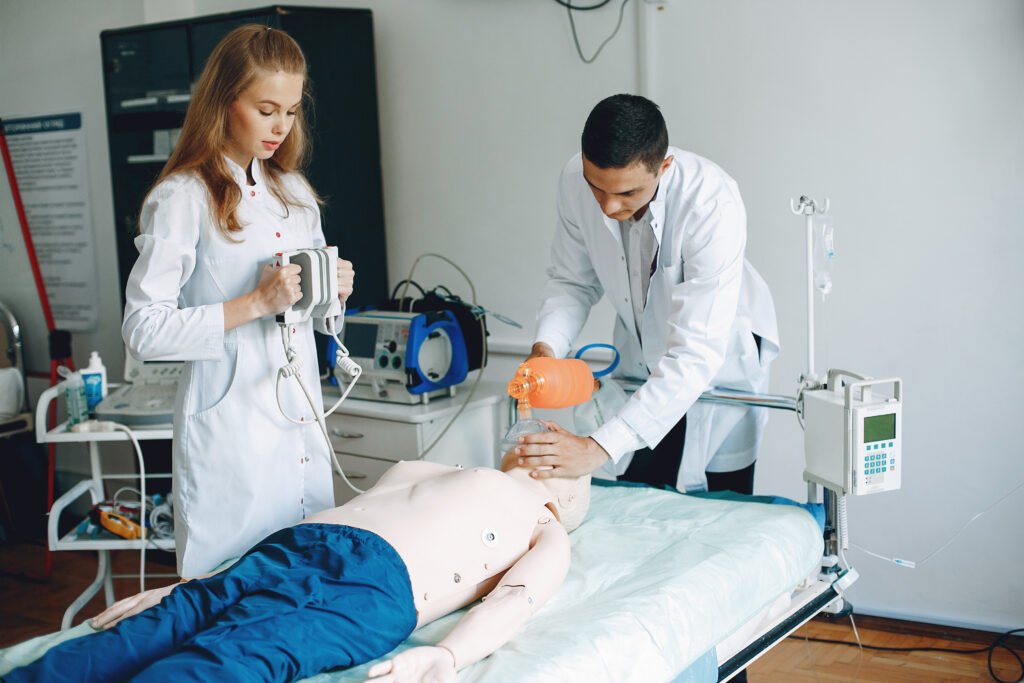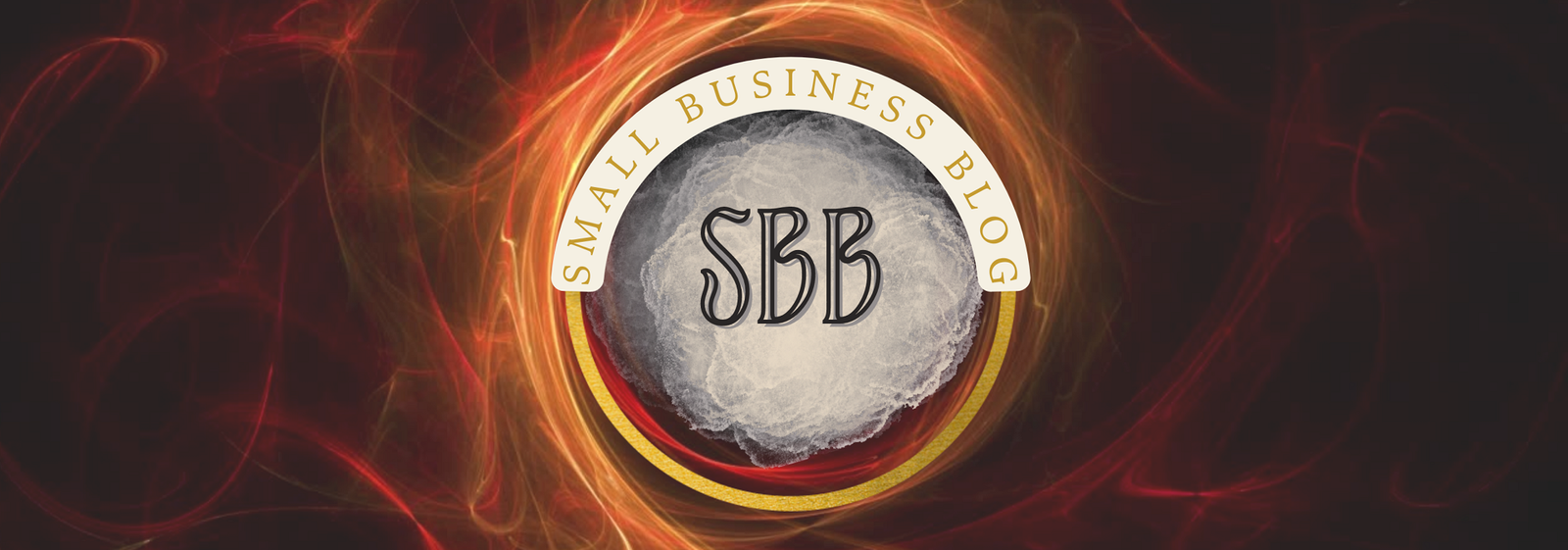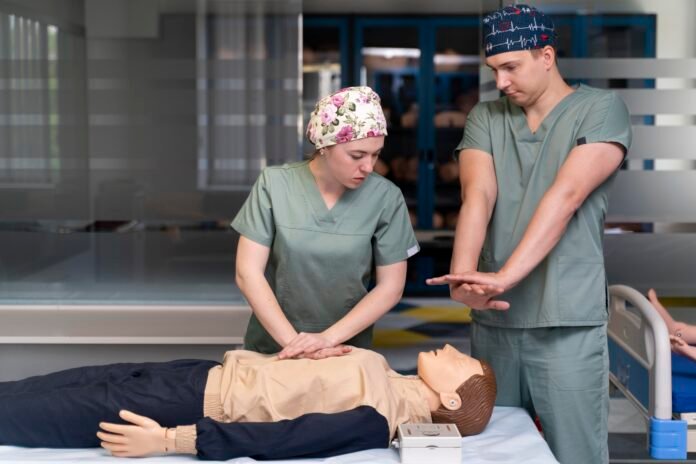CPR – simple letters that stand for a vital, life-saving technique. But what exactly does it entail? Is it merely about chest compressions on a collapsed individual? Or is it much more complex? How does one navigate this essential lifesaving set of skills? These are the profound questions I’d like to explore today as we dive into the complexities and rewards of learning CPR.
In the face of an emergency, knowledge of CPR can shift the scales from helplessness to empowerment. Imagine standing amidst a crowd when someone unexpectedly collapses, and you are the only individual equipped to offer potentially life-saving assistance before the arrival of medical professionals. It’s a daunting thought, but I assure you, one that can bring unprecedented courage and confidence, once you’ve mastered it!
Today’s blog post aims to demystify the techniques and tools utilised during a typical CPR course. By acknowledging the importance of effectively responding to emergencies, we will take you on a journey to explore various aspects of CPR course training and demonstrate how this essential skill goes far beyond mere chest compressions.
Table of Contents
The CPR Equation: Understanding the Basics

CPR, short for Cardiopulmonary Resuscitation, is an emergency lifesaving procedure combining chest compressions and artificial ventilation. But, why is CPR so crucial in a crisis? It’s because when a person’s heart stops beating, oxygen can’t reach vital organs, leading to permanent damage and, in worst-case scenarios, death.
When administered accurately and promptly, CPR can help restore blood flow to the brain and heart, buying crucial time until medical aid arrives. Moving beyond theory, let’s delve into the primary components of a CPR course—a blend of techniques and tools that culminates into a powerful lifesaver.
Breathing Life into Lungs: The Art of Artificial Ventilation
In a CPR course, you’ll learn the procedure for delivering artificial breaths—an essential element absent in hands-only CPR. It entails tilting the victim’s head back, lifting the chin to open the airway, and, following a breath check, providing two rescue breaths.
Chest Compressions: Touching Hearts Through Hands
The cornerstone of CPR is undoubtedly chest compressions. These play an essential role in maintaining blood flow during cardiac arrest, reducing the risk of irreversible damage. Participants of CPR courses are trained to deliver effective, uninterrupted compressions.
The AED: An Ally in Emergencies
Equally imperative in a CPR course is introducing the Automated External Defibrillator (AED). In cases of ventricular fibrillation – a chaotic heart rhythm, an AED can be a game-changer by delivering an electric shock to restore normal rhythms.
Taking it Beyond the Basics: Special Situation CPR
CPR isn’t a one-size-fits-all technique. By considering various environments, conditions and age groups, tailored adaptations and modifications need to be taught.
CPR: The Pluses and Minuses
Like anything else, CPR does have its pros and cons. By making informed decisions and understanding both outcomes, we ensure our readiness to leverage the benefits optimally while preparing for the potential downsides.
Conclusion
In sum, the importance of a CPR course lies not only in its potential to save lives but also in the empowerment that comes with acquiring the aptitude. By understanding the techniques and tools taught in a CPR course, you are better equipped to respond to emergencies and help save precious lives.
CPR courses provide you with comprehensive training, from the art of artificial ventilation and effective chest compressions to using an AED and adapting the CPR technique to special situations. Undoubtedly, there are pros and cons to administering CPR, but armed with knowledge and confidence, you become a force to reckon with—the one who could potentially be a difference between life and death in an emergency.
Ultimately, the goal of learning CPR transcends individual benefits. It’s about creating a society that prioritises empathy and responsiveness. Here’s to building a community that doesn’t shy away from stepping forward to help, a society that chooses responsibility over passivity! Because at the end of the day, that’s what truly makes us human.








